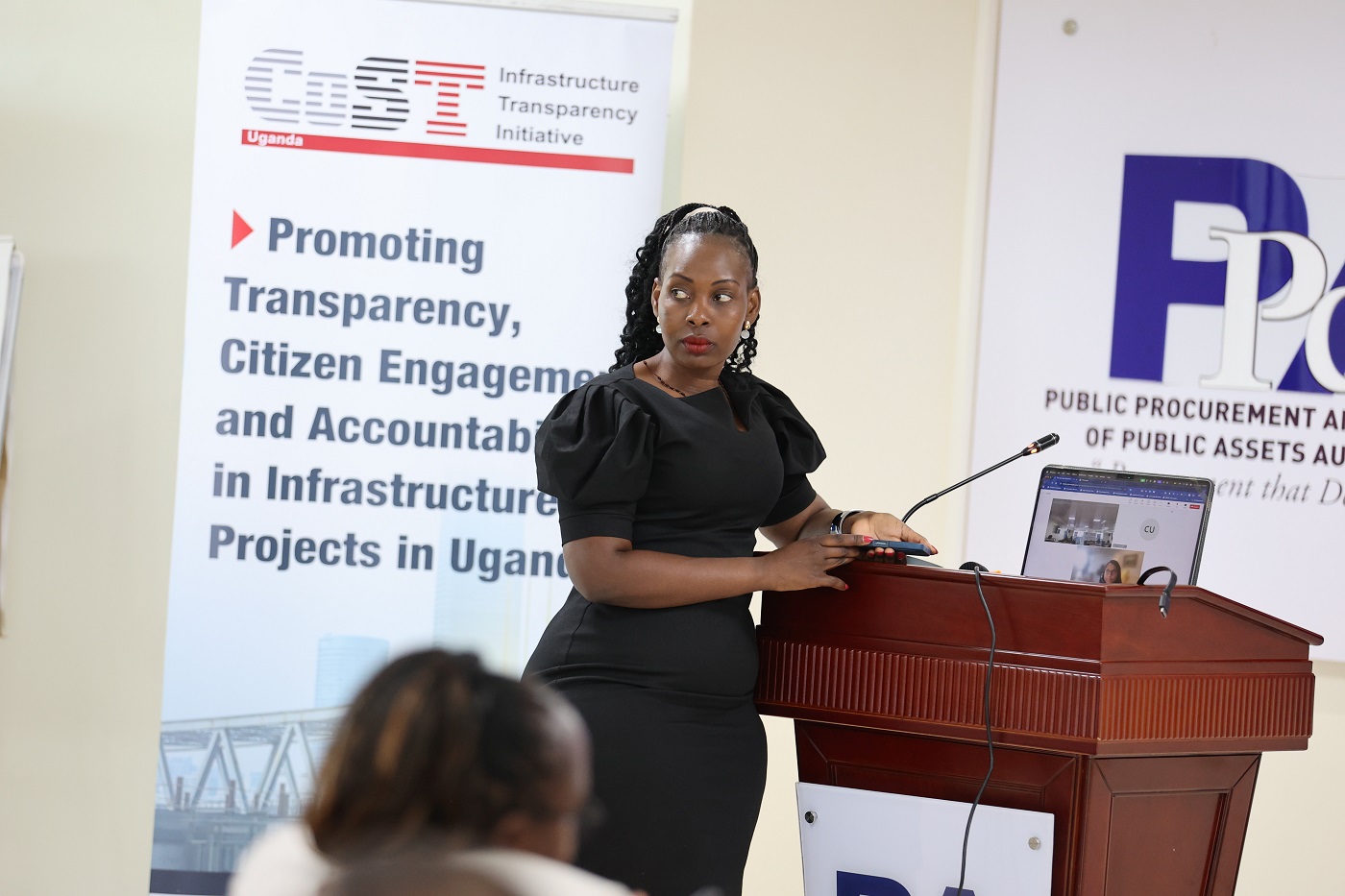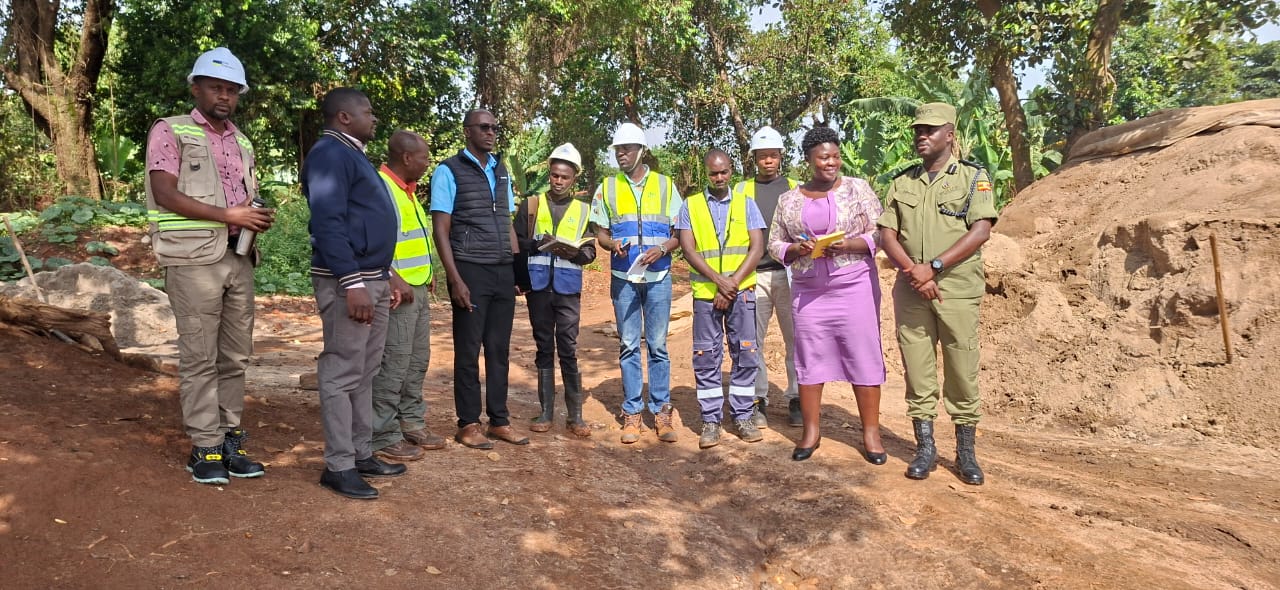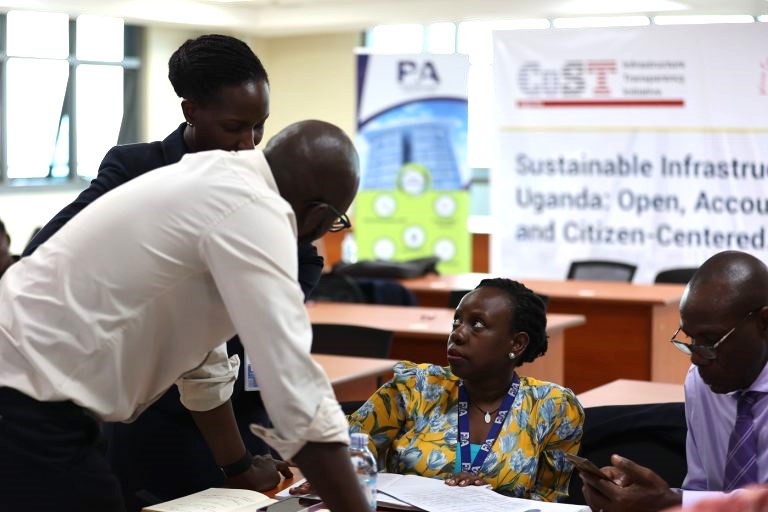
This article comes as acritical emphasis for all the 4 dimensions of ITI for public infrastructure projects following the 2nd Infrastructure transparency index (ITI) report launched in July 2024. CoST Uganda announced an 11% overall improvement in infrastructure transparency, as measured by its second Infrastructure Transparency Index (ITI). The assessment evaluated 30 government entities responsible for 58 projects across transport, health, education, water, and energy sectors. ITI is an instrument that monitors, measures and evaluates transparency and performance of infrastructure projects by ranking and providing quality information.
Uganda’s 2024 ITI showed some progress, and also highlighted significant gaps in infrastructure transparency. With a score of 32.26%, up from 20.8% in 2021- despite Ugandas’ improvement of by 11.46%, it still falls short of the 50% average target, ranking 6th performance compared to Nigeria which seats in the first position out of 10 evaluated countries. The ITI measures transparency across four key areas scored as follows in 2024 varying from 2021:
- Citizen Participation: Scored 33.65%, with a 19.85% improvement, indicating better engagement of the public in decision-making.
- Capacities and Processes: Scored 29.78%, with a modest 16.28% improvement, but more needs to be done in strengthening systems.
- Information Disclosure: At 26.81%, there was limited progress, in contract execution and project supervision. This was the least scored dimension with huge drops in executing contract and contract supervisions. Hence Encourage entities to use the digital tools such as GPP to disclose infrastructure project data from feasibility studies, environmental impact assessment, and project identification to the project completion stages. This will allow citizens access to all project lifecycle data across all stages.
- Enabling Environment: This was the highly scored at 43.50%, but its small 2.1% increase suggests underutilization of citizen participation and limited progress in the legal and digital infrastructure needed to support transparency.
Despite improvements, Uganda faces challenges in fully leveraging digital tools and strengthening the enabling environment for transparency. Based findings, the government entities including (PPDA, MoFPED, OPM, MoWT are encouraged to:
- Strengthen standardization of disclosure of infrastructure project data using the Open Contracting for Infrastructure Standard (OC4IDS) and link it to the internal system
- Strengthen oversight and accountability to ensure compliance in implementing government policies and guidelines on project data disclosure
- Develop and operationalize standard templates for uniform disclosure processes and designate an officer responsible for data disclosure
- Provide capacity-building training and mentorship for public officials on disclosure best practices to boost transparency in the infrastructure sector (PPDA).
- Encourage entities to use the digital tool to disclose infrastructure project data from feasibility studies, environmental impact assessment, and project identification to the project completion stage. This will allow citizens access to all project lifecycle data across all stages (MoFPED, PPDA, Accounting Officers of PEs, and OPM).
- Institutionalize citizen participation mechanisms such as public hearings, consultations, and feedback to facilitate citizen’s involvement in public procurement and infrastructure project delivery (All PEs).
- Conduct a sector-specific transparency review or an assessment to identify the unique challenges and opportunities to leverage full transparency (and CoST Uganda).
What lies ahead of ITI?
Uganda has laid a solid foundation for infrastructure transparency. The future will depend on moving from partial disclosure to full infrastructure data publication, project lifecycle transparency, strengthening legal frameworks, building institutional capacity, and empowering citizens to use information. If entities address these gaps, Uganda can achieve and surpass the 50% benchmark in the next ITI, positioning itself as a leader in infrastructure openness and Accountability.
Read our 2nd ITI report here: https://www.cost.or.ug/downloads/2nd-iti-report/
See performance per entity here: https://www.cost.or.ug/downloads/uganda-2nd-iti-scores-per-entity-2024/



